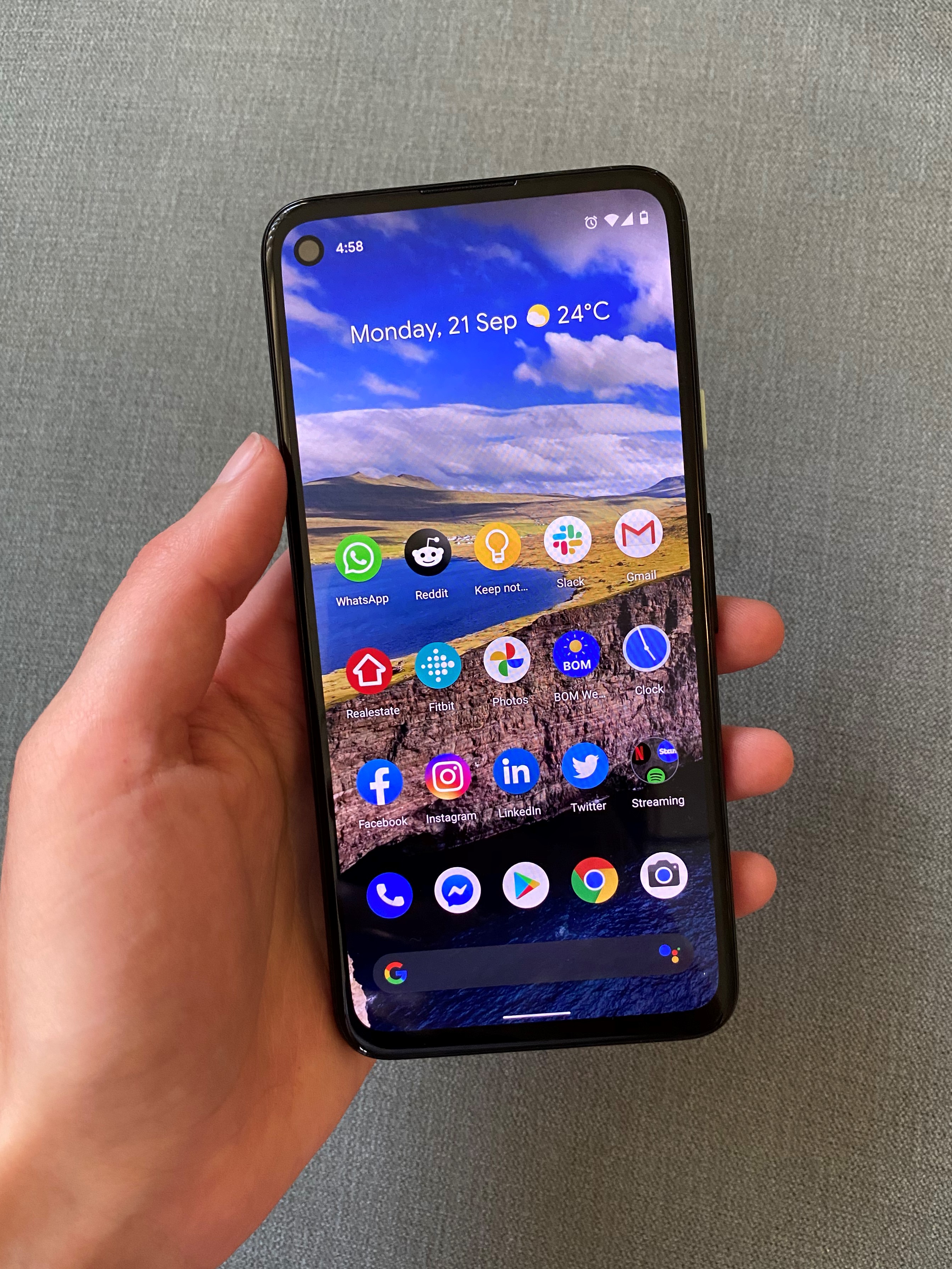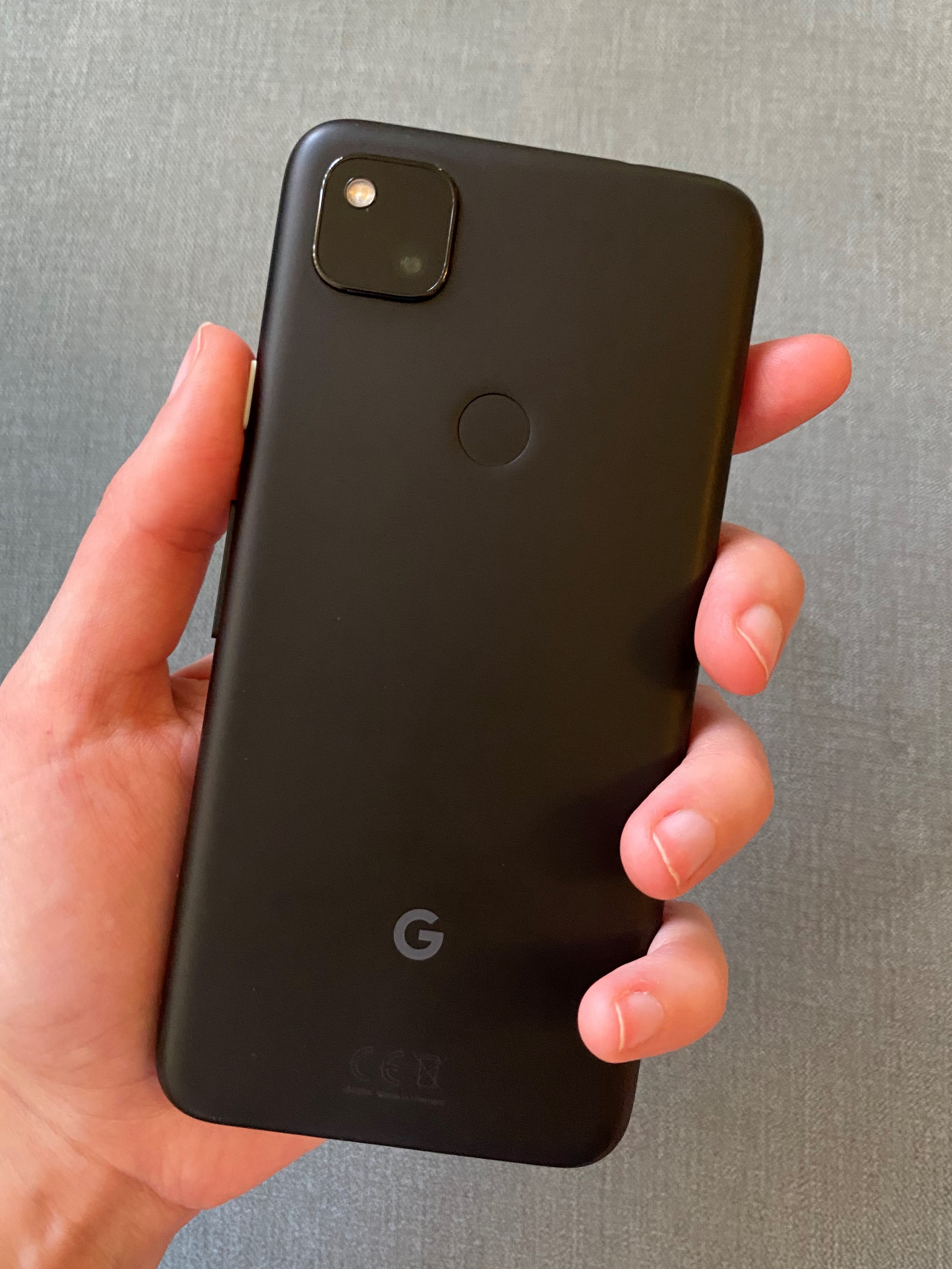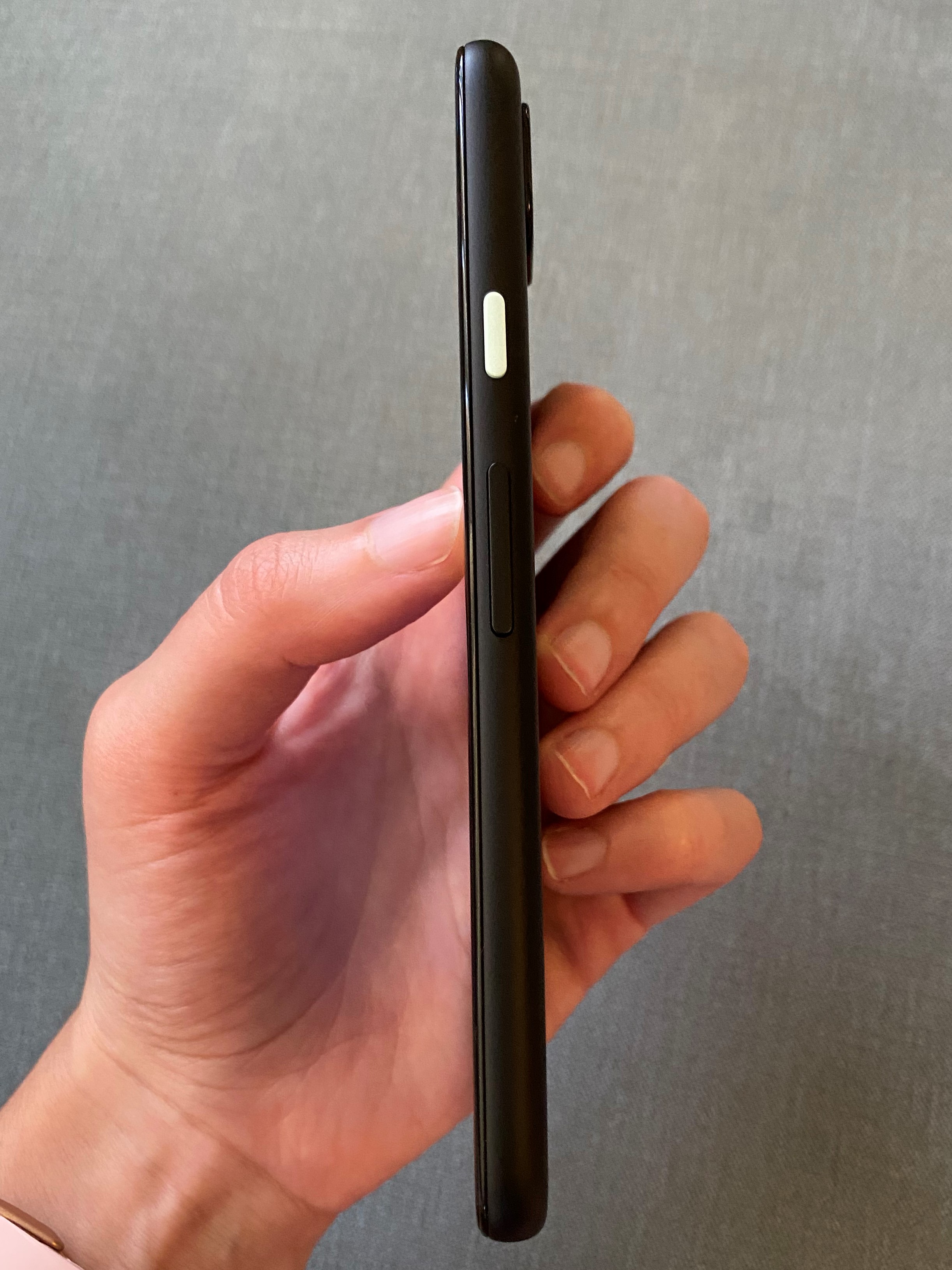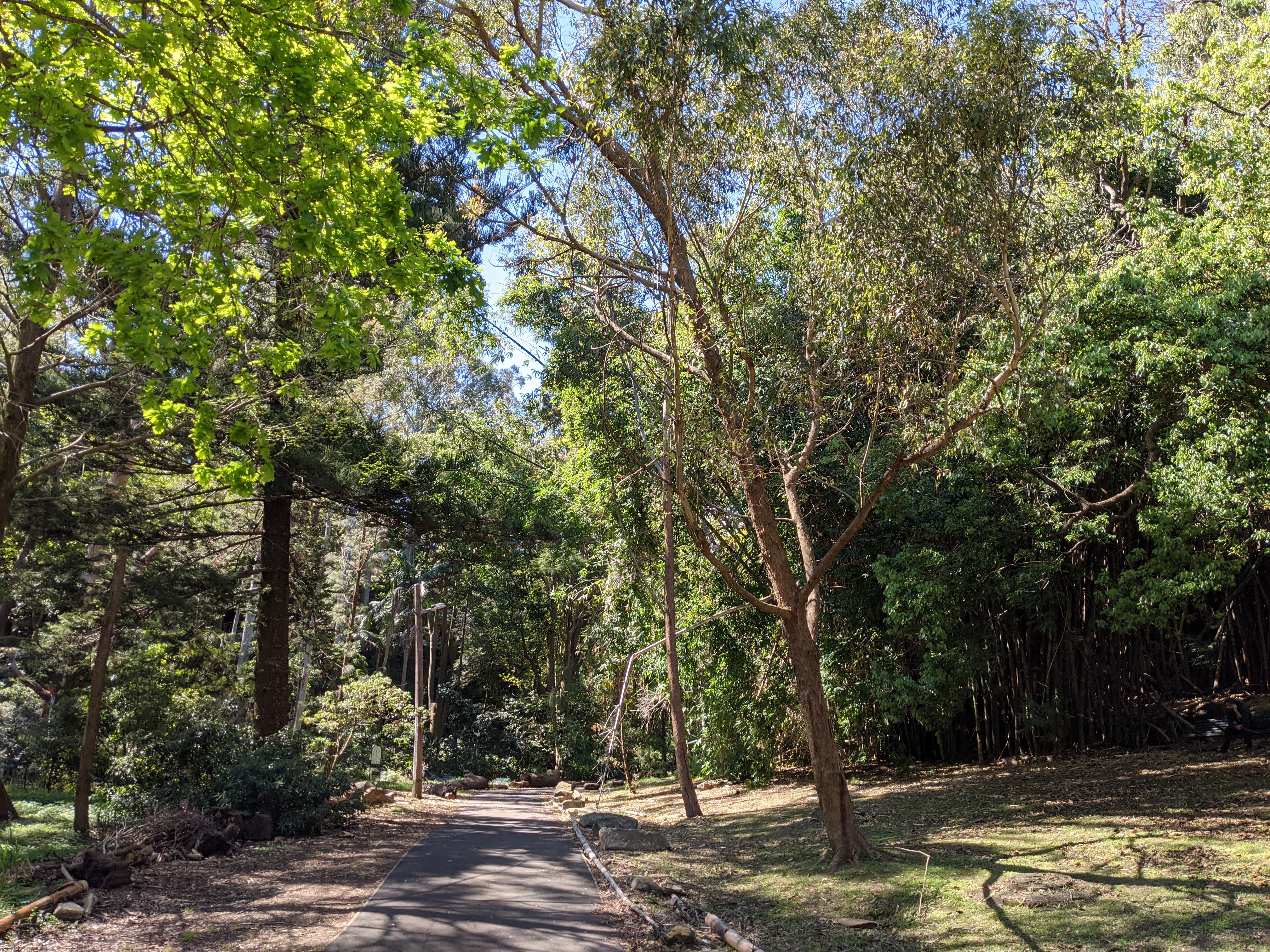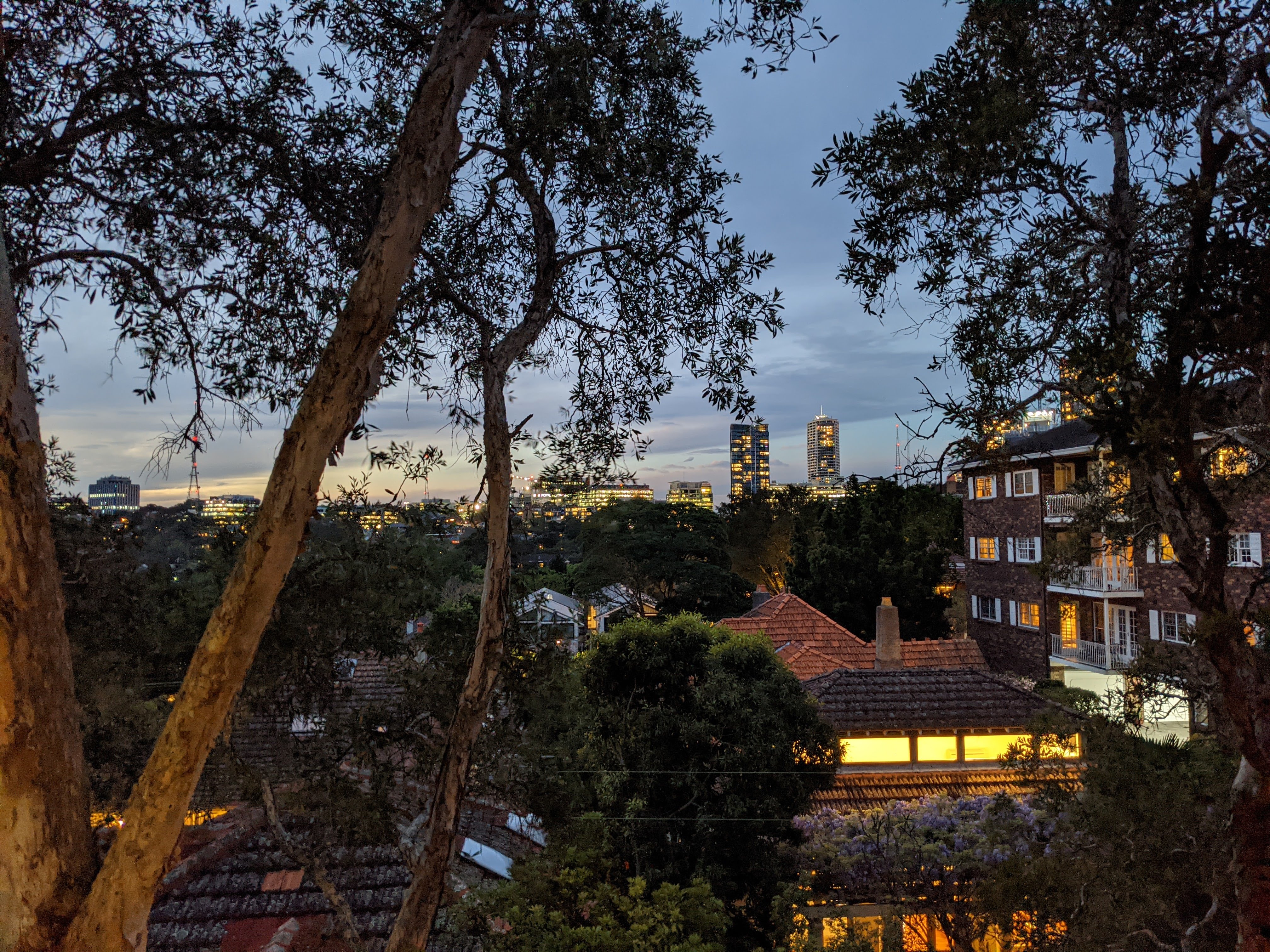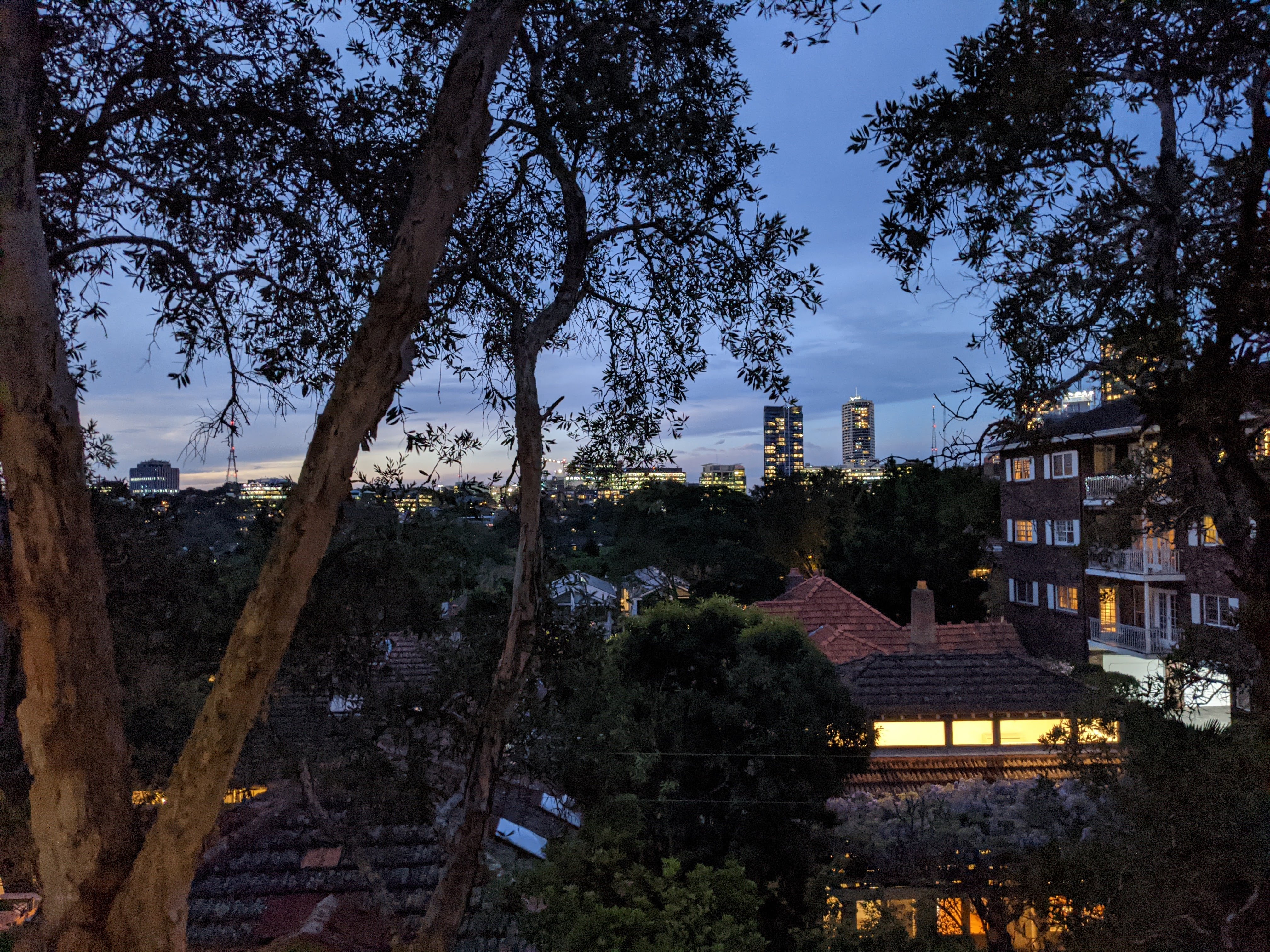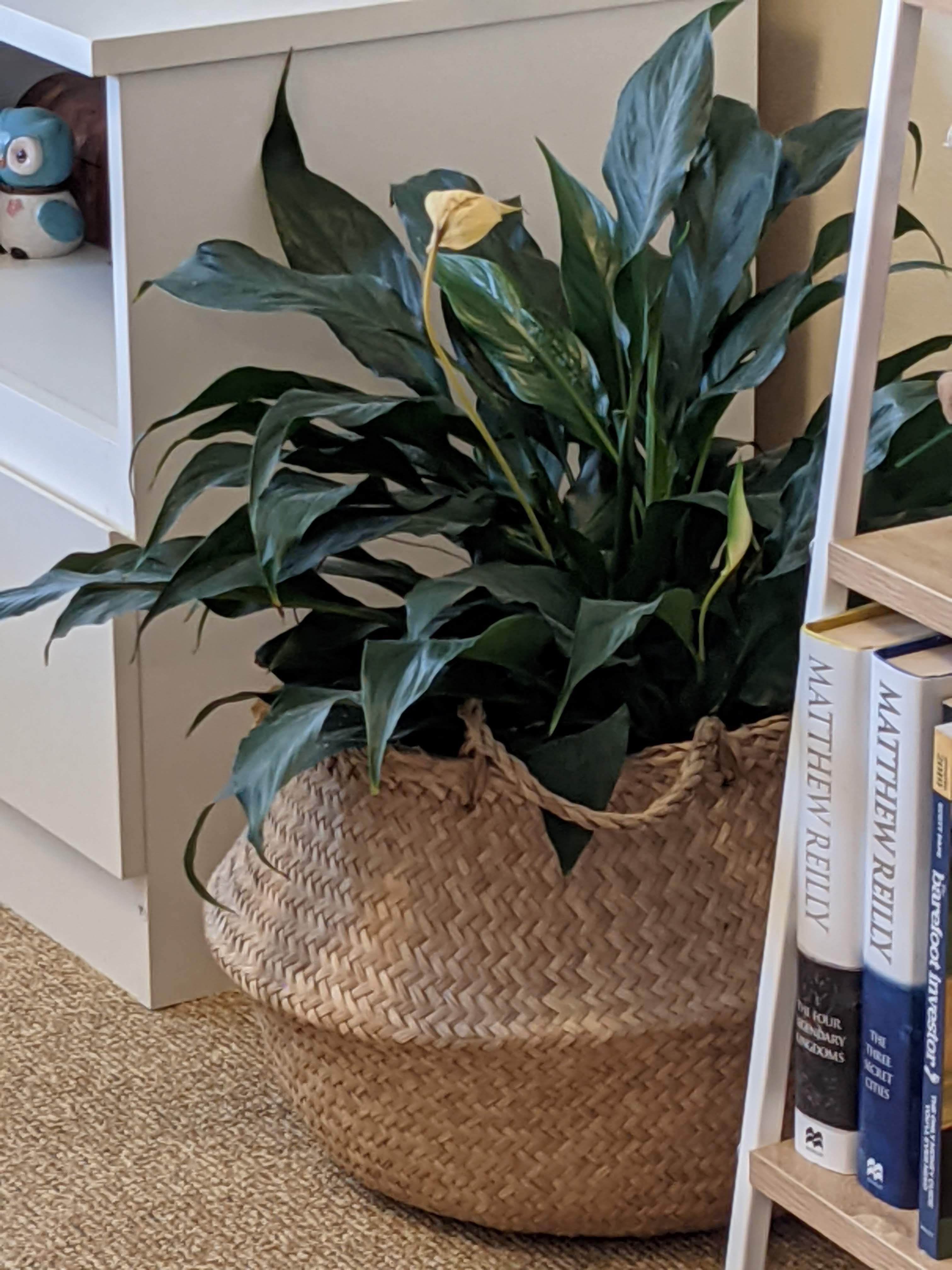Optus Mobile Review ALDI Mobile Review Amaysim Mobile Review Belong Mobile Review Circles.Life Review Vodafone Mobile Review Woolworths Mobile Review Felix Mobile Review Best iPhone Plans Best Family Mobile Plans Best Budget Smartphones Best Prepaid Plans Best SIM-Only Plans Best Plans For Kids And Teens Best Cheap Mobile Plans Telstra vs Optus Mobile Optus NBN Review Belong NBN Review Vodafone NBN Review Superloop NBN Review Aussie BB NBN Review iiNet NBN Review MyRepublic NBN Review TPG NBN Review Best NBN Satellite Plans Best NBN Alternatives Best NBN Providers Best Home Wireless Plans What is a Good NBN Speed? Test NBN Speed How to speed up your internet Optus vs Telstra Broadband ExpressVPN Review CyberGhost VPN Review NordVPN Review PureVPN Review Norton Secure VPN Review IPVanish VPN Review Windscribe VPN Review Hotspot Shield VPN Review Best cheap VPN services Best VPN for streaming Best VPNs for gaming What is a VPN? VPNs for ad-blocking At an RRP of $599, it packs a whole lot of phone into a neat little package for a staggering $400 less than its exxy sibling. It’s a huge saving if you’re willing to sacrifice Face Unlock for a rear fingerprint scanner, a speedy Snapdragon 855 processor for a budget 730G, and a dual-lens camera for the 4a’s still-great single-lens snapper. In fact, a couple of things the 4a has over the 4 is the inclusion of a 3.5mm headphone jack (for those who aren’t ready to commit to wireless headphones) and an extra 50 minutes of battery life. Note: Since we first published this article, Telstra is now the only mobile provider still offering Pixel 4a plans. Now that we’ve covered the basics, let’s get into the nitty-gritty.
While most devices in this price range are rocking three and even four rear cameras, the Pixel 4a has just one. That said, it can do more with one camera than most can do with four. It rocks the same 12.2MP main camera as the Pixel 4, along with the same intelligent software, plus killer features like Night Sight and Portrait Mode, all of which combine to create some amazing shots - well, to my amateur photographer eyes, at least. As you can probably expect from a Google-made phone, Google Assistant is seamlessly integrated. It can open and send messages, make calls, set alarms, control your music (including Spotify) and answer most of your burning questions. You can even get it to transcribe your speech with uncanny accuracy. It’s basically a uni student’s dream - drop your Pixel 4a at the lecture then head to the uni bar while your phone does all the note-taking work for you. The best part? It doesn’t even require an internet connection. The last few devices I’ve used have included some sort of face-unlocking biometric security, so going back to a fingerprint scanner feels like a bit of a step backwards at first. That said, it’s quick, responsive, and as I’ve been testing the 4a during ‘rona, not having to take my mask off to unlock my phone has been pretty convenient. As for performance, the Pixel 4a’s 6GB RAM and Snapdragon 730G processor, although not top-of-the-line, make for a zippy and responsive smartphone. I put it through its paces running resource-heavy games like Asphalt 9 and PUBG Mobile, and this small but mighty device had no issues at all. Those used to wireless charging will also be disappointed to note that the Pixel 4a, like many phones in its price range, does not support wireless charging. That said, it does come with an 18W power adapter, allowing a full charge in just an hour and a half. It’s so quick that it just about makes up for the less-than-incredible battery life. One nice feature is that you can see roughly what time your battery will last till, however, in my experience, it was a little optimistically estimated. Battery saver mode does help a little, but it does come at the cost of features like location services and Google Assistant’s voice activation.
![]()
